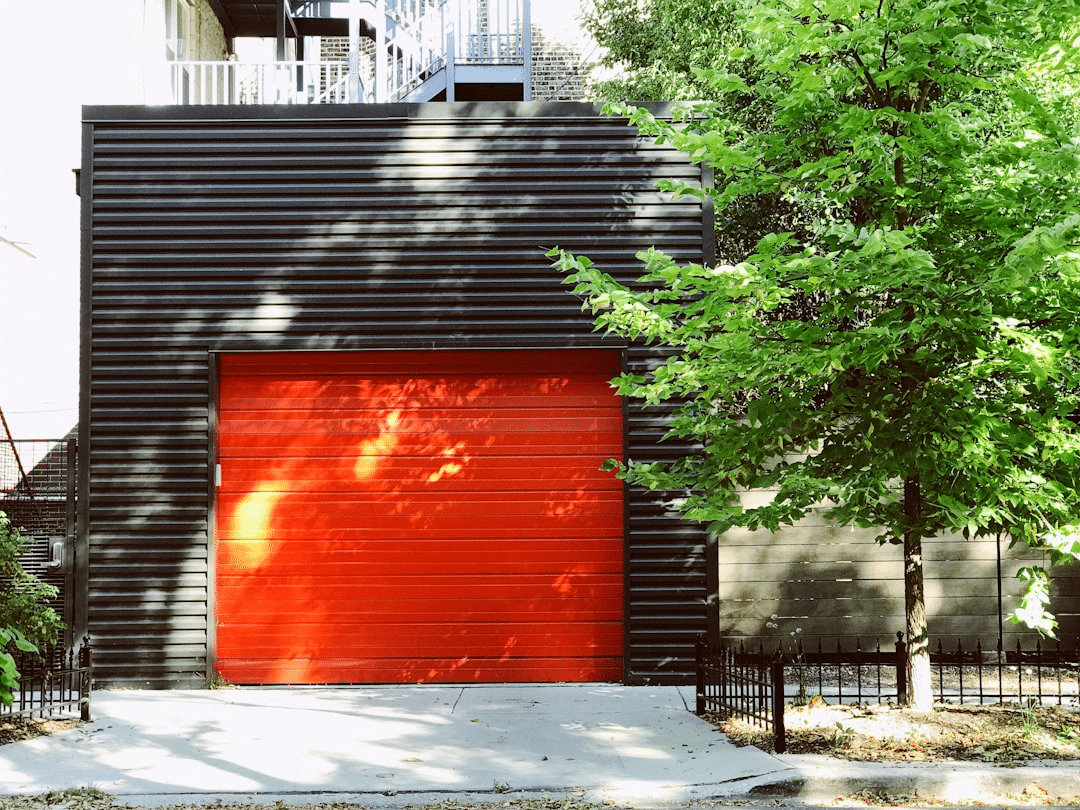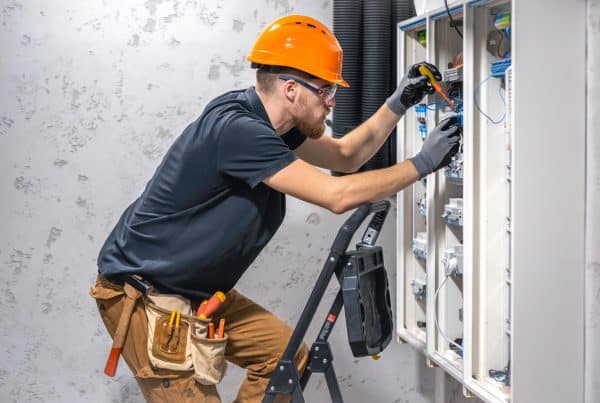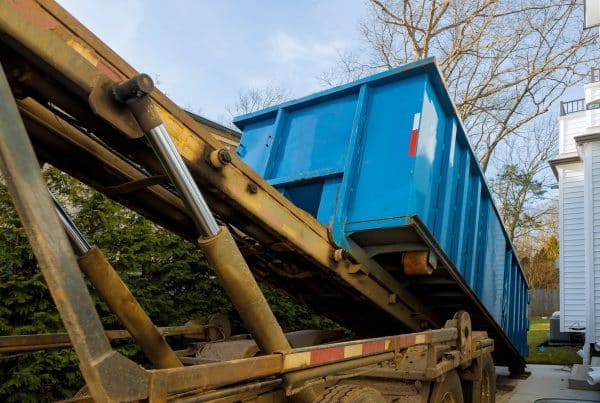The last time we officially checked, 65% of new homes built in 2019 came with a two-car garage. Storage space is valuable, and we all want to keep our vehicles safe. If you are ready to turn that empty space into a garage, whether you’re remodeling the old one or starting from the ground up, there are some things to consider.
But before you unleash your inner garage guru, a little pre-game strategy should be entertained. These four considerations go a long way in making your garage dreams a reality.
Consideration #1: Deciding on your garage type
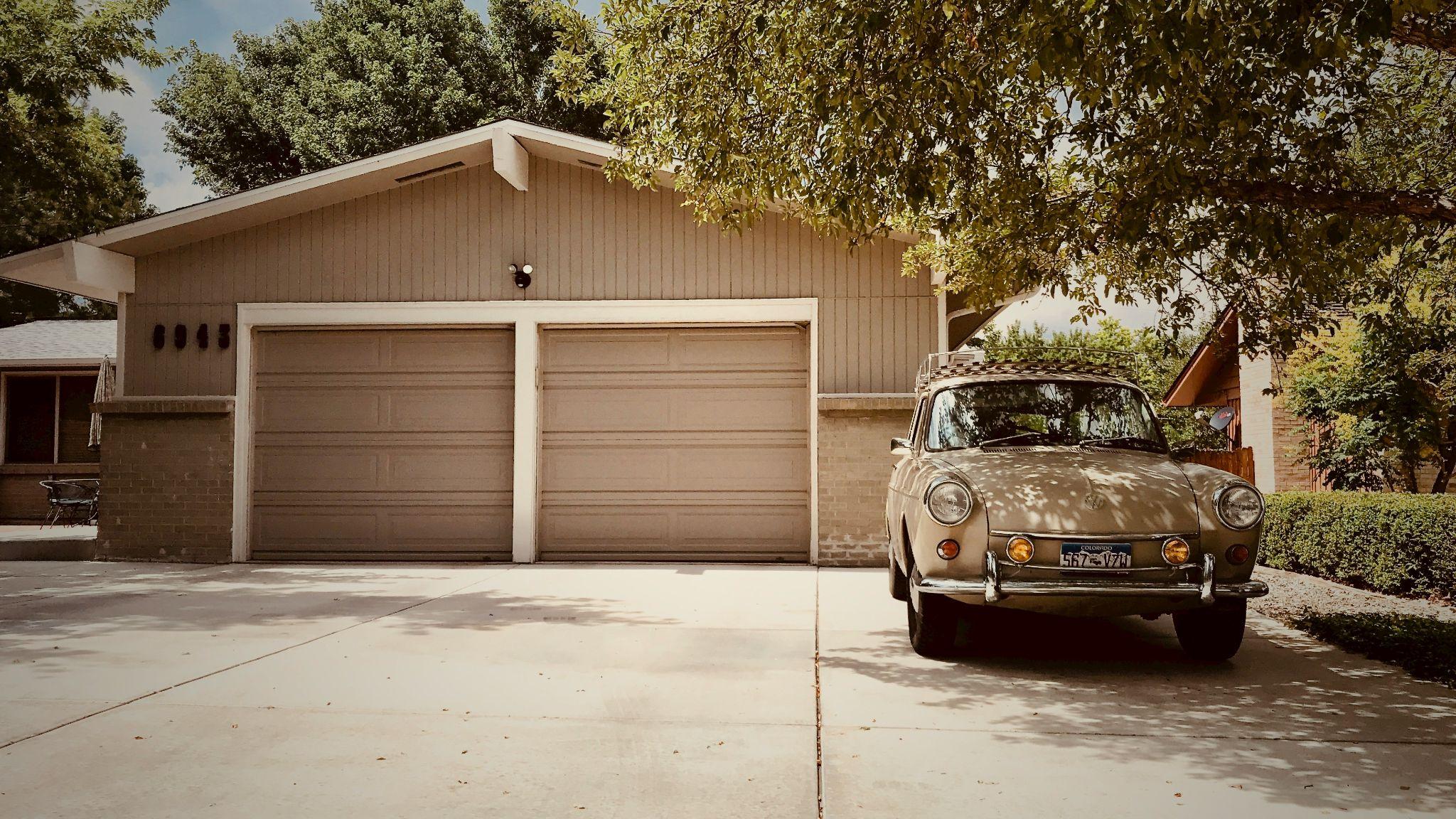
Image credit: John Paulsen
Aattached, detached, or a classic A-frame. Choosing the flavor of your home’s sidekick is very important. The attached garage shares utilities and is like having an extension of your home, seamlessly connected. A detached garage is a standalone option with more room for customization.
Attached garage benefits:
- Convenient hookup to home utilities
- Budget-friendly building
- Homeowners Association-approved, making life smoother
Detached garage benefits:
- Hazardous emissions are at a distance
- Extra space and customization to let your imagination run wild
- Future expansions made easy
If you’re leaning towards the garage that just gets things done without any fuss – the A-frame prefab garage is for you. The classic A-frame design with sloped roofs creates extra headroom for your towering items and a spacious overhead door ready to house your wheels, tractors, or whatever else you’ve got.
Consideration #2: Local garage zoning laws and budgeting
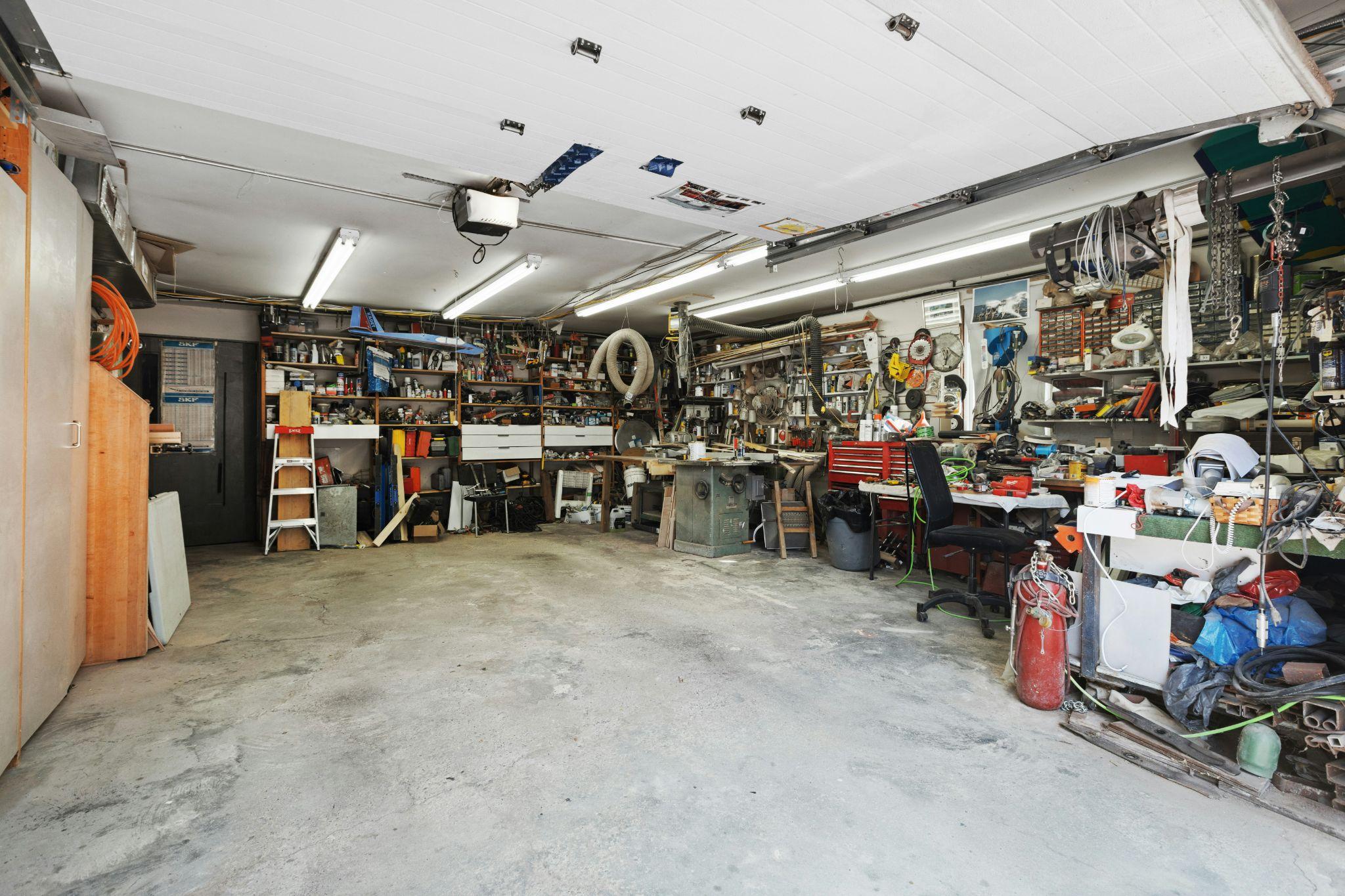
Image credit: Point3D Commercial Imaging Ltd.
Before you unleash the construction crew, there’s a crucial pitstop on the road to your ultimate garage – zoning laws. Every state has its own set of rules, and they can make or break your garage plans.
In some states, you might get away with a garage on your property without raising any permit eyebrows. But, most states play by the zoning rulebook. Violate those, and you might find yourself in a not-so-fun game of fines or, worst-case scenario, a short stint behind bars. Save yourself the headache, check with your local council, and see what is and isn’t allowed.
Your garage dreams also have a price tag that needs to be considered.
A garage makeover is a solid investment with perks like increased home value and potential resale bumps to the tune of a potential 80 percent ROI if you play your cards right.
A light garage remodel in Los Angeles, as an example, could set you back between $10,000 and $50,000, and that’s just for the basics. If you’re eyeing a full-blown garage extravaganza, think upwards of $100k.
Consideration #3: Potential beyond parking cars
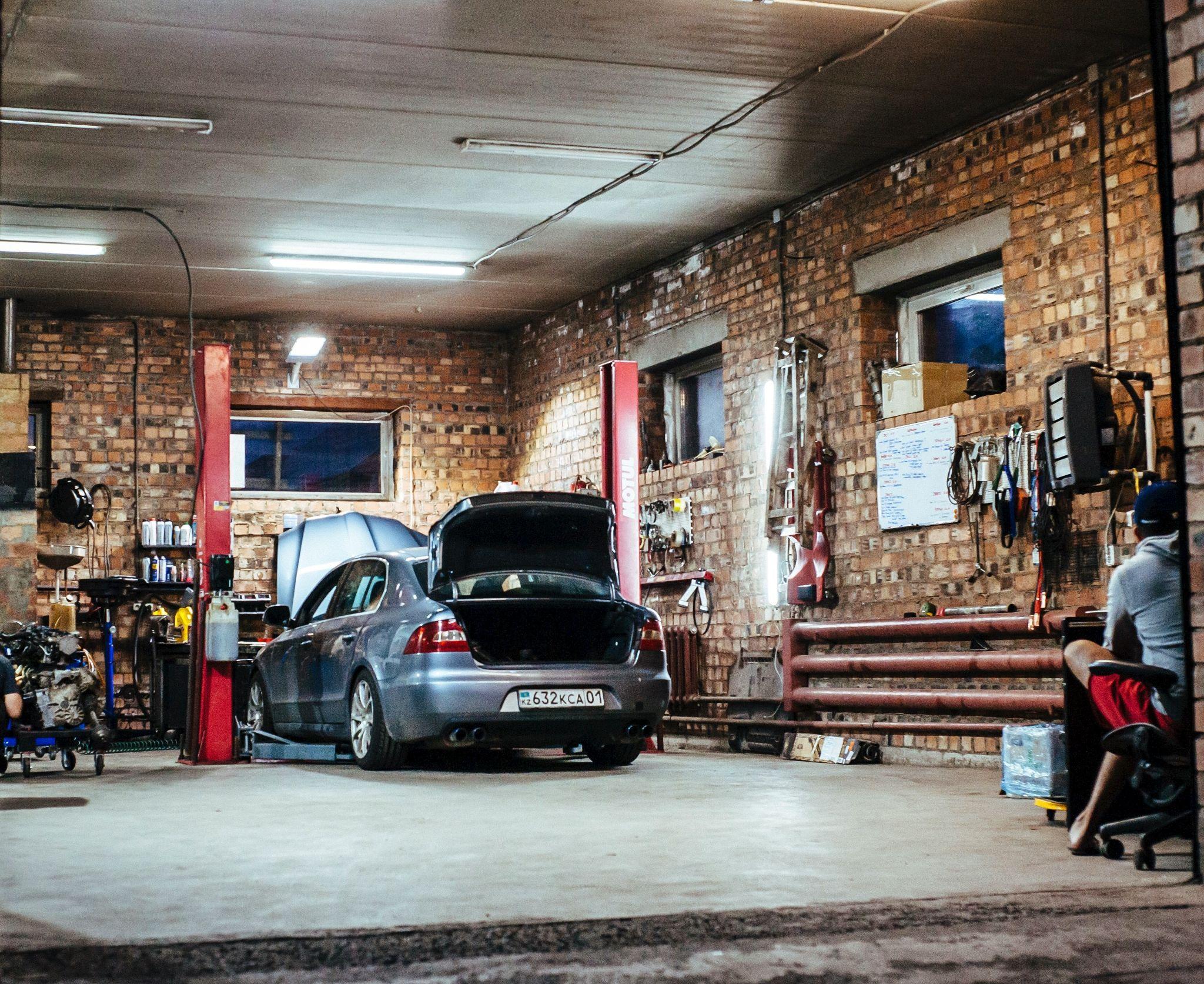
Image credit: Damir Kopezhanov
As with any space around your home, you want to make sure it is entirely functional. Your garage offers endless possibilities, but planning for these at the beginning of the process is crucial. It’s easy to think you are designing a huge garage with plenty of room until you start filling it and realize you forgot to plan for your Samurai sword collection or the kid’s bikes.
Your garage can be a greenhouse bursting with vibrant plants or a flourishing vegetable garden, the ultimate home office, a yoga studio, or the ultimate entertainment room with a big screen, cozy seating, and maybe even a popcorn machine.
The key here is to envision the kind of space that aligns with your plans. If it’s a garden, plan for sunlight; if it’s an office, ensure the power flows. Your garage isn’t just a parking spot, so don’t plan with that restriction in mind.
Consideration #4: Garage door designs and your driveway
The type of garage door you choose isn’t just a small detail. When planning your doors, consider your lifestyle. Ensure your garage door accommodates your activities, allowing you to move in and out without ceiling scrapes or door collisions. Fixing a damaged door or ceiling can cost you a pretty penny – and we’d rather see that money go into upgrading your garage space.
It’s also important to consider any driveway ramifications. Your shiny new garage structure might just outshine your current driveway. Planning is key here. A miscalculation could render your driveway too small and ineffective for the grandeur of your new garage.
A good rule of thumb for a single-door garage is to plan an extra ten feet of driveway space (double up on that for a two-door garage). It’s thinking about aesthetics and functionality while also making sure your new garage doesn’t play an unintentional role in creating driveway drama.
Pro tip: It’s way more budget-friendly to plan for the extra space before laying the first brick. Modifying a driveway with post-garage regrets can hit your wallet hard – a few thousand dollars for lengthening or widening.
Help to achieve your home improvement goals
Building your dream home? We get it; it’s a journey filled with excitement, but it can also be a maze of costly and time-consuming decisions. Especially for new homeowners, navigating the world of construction, home decor, and improvement can feel daunting.
Crowdyhome is your shield against common pitfalls. Our team is armed with the knowledge to guide you away from costly mistakes, ensuring your home improvement journey is as smooth as possible. Learn more about us today.

